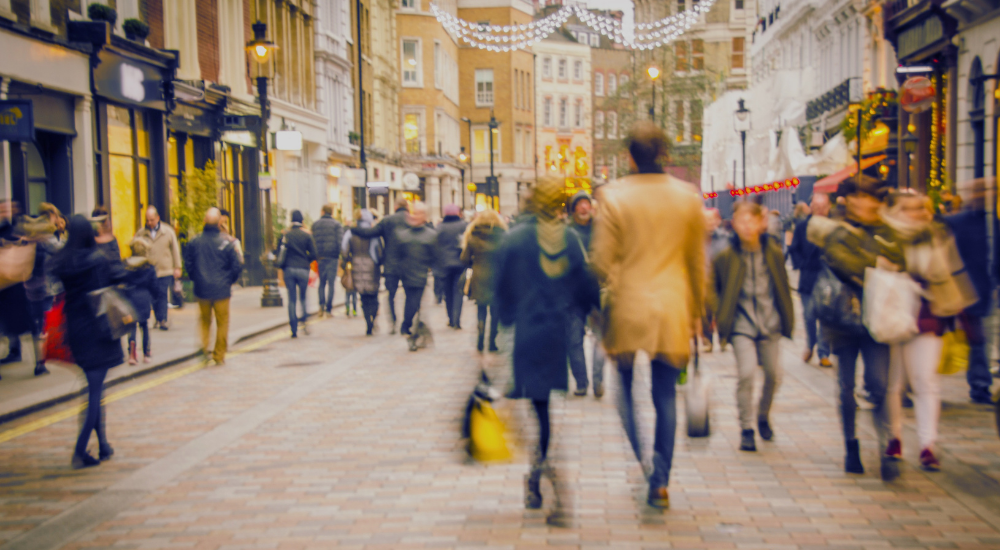
COVID has changed almost every aspect of our daily lives, and while some of these changes may be temporary, it looks like others might be here to stay.
One of the areas that has seen a huge amount of decline in recent years is the high street, and a global pandemic feels like it could be the final nail in the coffin for our once-beloved city centres. What can we expect from the post-COVID high street?
Less retail
Having to close their doors for lockdown and the ensuing loss of footfall meant that many stores had to close.
On top of this, the rise in property prices caused by the pandemic and loss of income due to lockdown left some retailers unable to afford rent on their storefronts.
Unfortunately, it’s a vicious cycle, as fewer stores means less footfall, which in turn means fewer stores. As consumers have become more used to and confident in online shopping, many are choosing this option instead of visiting in person.
More experiences
One way to bring retail back to the high street is to first focus on bringing people back to the high street. That means focusing on providing a welcoming atmosphere and unique experiences that can’t be replicated online or at home.
While they’ve had their ups and downs, pubs, bars, cafés and restaurants are set to make a huge comeback with restrictions easing. Let’s face it, who isn’t desperate to spend time outside their own four walls for a change?
It’s likely that we’ll see more ‘things to do’ on the high street, like cinemas, art galleries, children’s activities and live entertainment venues. These are the things that people have been craving since COVID hit, and if there’s enough funding and government backing, the high street will become more about experiences than consumerism.
Targeting local needs
Vacant units that were previously used for retail will be developed into resources targeting the needs of the community.
This previously occupied space offers a great solution for providing essential housing and public services that local residents are in desperate need of. We might even see citizens having a say in what facilities they would like to see on the high street, with councils taking a public vote to determine the recipients of any COVID funding to boost the local area.
Gardens and greenspaces
As we’ve come to crave more time outside, many cities are considering developing parks, gardens and greenspaces to provide enjoyable outdoor spaces for residents.
Here in Nottingham, there have been calls to turn the now-defunct Broadmarsh shopping centre into an area of parkland, following the collapse of its operator, INTU. While many residents would welcome a return to the natural namesake of the Broadmarsh area, dissenters feel that the Council is unlikely to go ahead with it, as it would be hard to monetise.
However, greenspace is a great way to encourage more people to spend time in the city, which in turn could lead to more footfall and a boost in the local retail economy.
15-minute cities
All of this adds up to more and more places becoming what’s known as “15-minute cities”. This is the type of environment where people never have to travel more than 15 minutes for all the essentials, from shopping and entertainment to education and healthcare.
This idea of 15-minute cities will become a staple strategy for city planning. By providing everything a person needs in the same area, a 15-minute city is better able to retain the revenue of its citizens, as there’s no need for them to leave.

